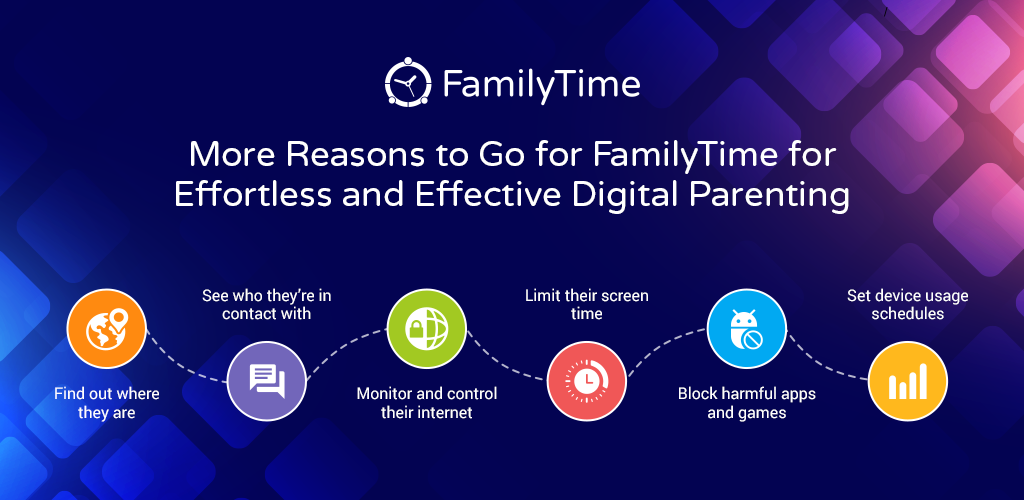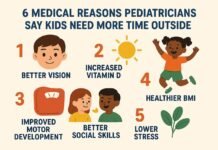It cannot be said with 100% certainty that the statement above is true but with each passing day, neuroscientists and child psychologists are becoming more and more concerned about the fact that the more time a child under the age of 7 spends in front of a screen, the more at risk they become for attention-related problems and disorders including attention deficit hyperactivity disorder, more commonly referred to as ADHD.
Changing Attention Spans
According to studies, the attention span of a healthy adult must extend from 5 to 6 hours in cases of focused, sustained attention. However, there has been little to no evidence focusing on a particular amount of time when it comes to marginal attention.
Research indicates that between 12 to 16-year-olds, an average healthy attention span can range from 20 to 50 minutes.
Now you know why college classes last 50 minutes on average.
A study conducted in the summer of 2021 found that the average human attention span has declined in the last 21 years. On average, the span of transient or short-term attention in humans used to be 12 seconds in the early 2000s but has since declined to fall to 8 seconds per distraction in 2021.
Reportedly, goldfish, who is said to have the shortest attention span, is now ahead of humans in the attention race since their attention spans average a solid 9 seconds.
Why We Must Care About This New Discovery
The reason that we are supposed to care is that the shortening of our attention spans could lead to various diseases and disorders that are capable of ruining the entire human civilization.
Of course, not the goldfish comparison, but well, there were other researchers, the results of whose recent studies were quite worrisome. These researches indicated that there was a much higher likelihood of children under 7 who spent 3 or more hours on their electronic devices daily developing ADHD or another attention-related disorder.
The Pros and Cons of Contemporary Technology
Technology has made us lazier and messed up our routines but it has also brought some solutions along with it.
Saying this sounds almost ironic but why not use technology to protect your children from technology? Easier said than done? Not anymore.
Now there exist these immaculate parental control apps that are extremely useful for parents as well as caregivers and come in handy when looking to protect young children and infants from the dangers of the online world.
Why put your children at risk when you can protect them now that you know better? It’s not just about cyber safety but also about the diseases and disorders they would be exposed to as a consequence of unprotected internet surfing.
How to Protect Your Children
Parents can protect their children from cyber trauma as well as unprotected internet surfing by using the appropriate FamilyTime Android parental control app for their devices.

For example, if their child uses a tablet or an android phone, they can download an android parental control app on both devices, clarify between the child and parent device, and then using their cell phone or laptop, not only monitor their child’s internet activity but also block gaming and age-inappropriate sites, block certain applications while setting a time limit on others, add suspicious contacts to watchlist, geofence certain areas so they know when their child leaves a location and view so much as call log, chat history and be able to take screenshots in case they need to.
FamilyTime is one such android parental control app that offers parents the best of both worlds with its abundance of advanced child monitoring features. This app is available for download on Play Store and App Store.













